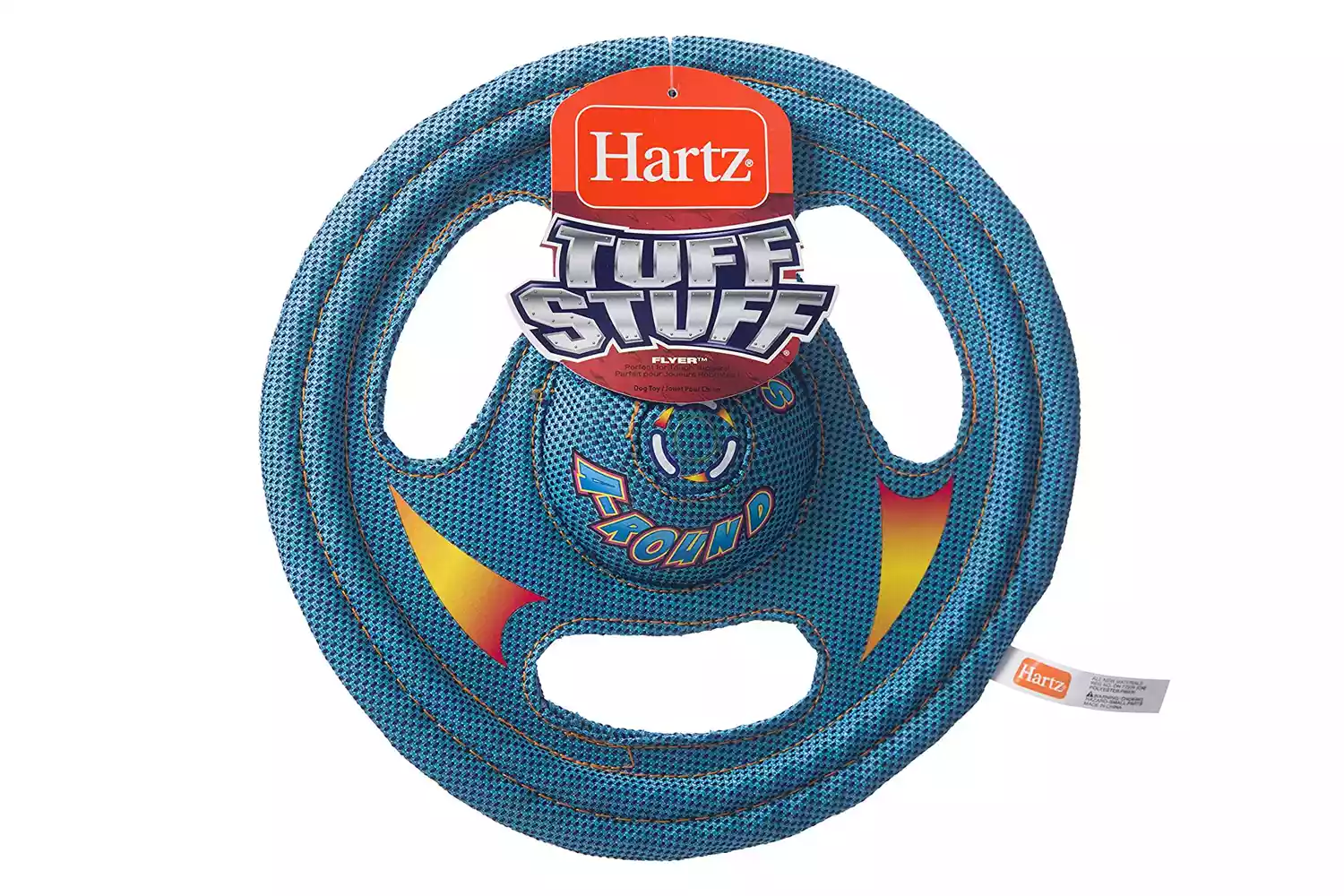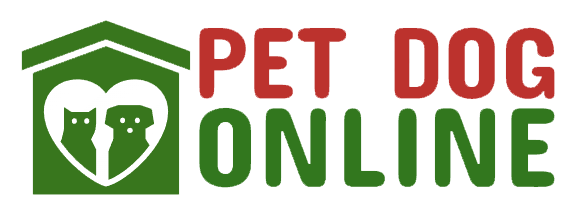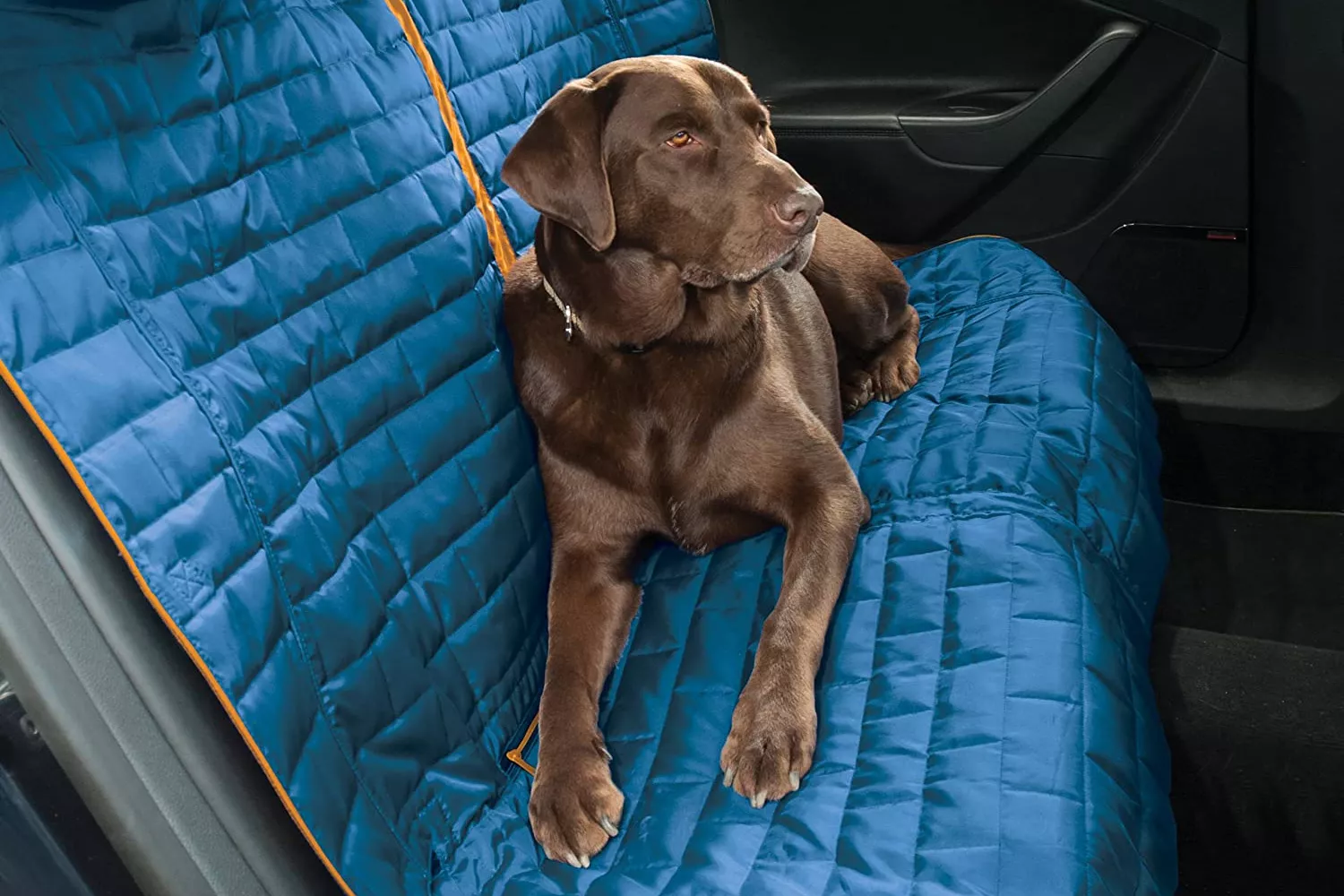
Summary of popular dog toys
Playing and chewing are natural canine behaviors. Though some dogs will play or chew more than others, dog toys are essential items for all dogs. In fact, behavior problems can develop when dogs do not have the proper outlets to follow their instincts.
A dog’s toy preference depends on her personal style of playing and chewing. Try a few different types of toys for your dog and learn how she likes to play and chew. If you seem to end up with too many toys, try putting several of them away for a while, then reintroduce them in the future. Months later, your dog will think they are brand new. Use this list as a guide to choosing the best toys for your dog.
It’s important to remember that all toys can pose a risk if your dog swallows parts of them (or the whole toy). In addition, sharp or frayed edges can cause injuries to your dog. Play should be supervised, especially with aggressive chewers. No matter how durable a toy seems, there is still a possibility that pieces can be chewed off and swallowed. Damaged toys should be discarded.
Balls

A ball is a must-have toy for any dog that loves to play fetch. Ball toys for dogs come in many varieties, from the basic tennis ball or rubber ball to glow-in-the-dark and flashing-light balls. Many balls contain squeakers. Others have openings to fill with treats. Some balls are are basic bouncers meant for retrieving.
When choosing a ball for your dog, pick one that is large enough for your dog to carry without accidentally swallowing it, but small enough to comfortably hold in the mouth. The basic tennis-ball size works fine for most dogs, but there are also extra-large balls for giant dogs and mini balls for tiny dogs.
In general, avoid leaving tennis balls around for your dog to chew on. Believe it or not, the material in tennis balls can cause the teeth to wear down. In addition, chewed-off pieces can lead to choking or gastrointestinal obstruction if swallowed.
Tip: Try a product like the “Chuckit” to allow you to throw balls further and for slobber-free ball handling.
Discs and Other Retrieving Toys

Dogs that love balls and playing fetch also tend to enjoy discs and other retrieval toys. The disc is a bit more versatile than a ball when it comes to fetching because you can vary the speed of the disc and cause it to change direction. This variety can further challenge your dog and prevent boredom.
Other retrievers, such as the “Hurley” give your dog a uniquely shaped toy to fetch. Alternative fetch toys may be made of rubber, plastic, rope, or another material.
Tip: If your dog loves to fetch discs, check out the dog sport that involves disc retrieval.
Plush Toys

Many dogs adore plush toys. They will carry them around like babies or tear them apart like prey. Stuffed dog toys usually contain squeakers and some kind of stuffing. Dogs often rip into them and stuffing goes everywhere. Many dogs seem to be trying to “kill” their “prey” by destroying the squeaker. After the toy is “dead” they still sometimes carry them around and shake them.
Supervise your dog when playing with plush toys to keep her from swallowing stuffing or squeakers, which can lead to GI obstruction. These are basically the outside of stuffed toys with squeakers but no stuffing. Plush toys will not last long with aggressive chewers, but can still be plenty of fun (with supervision). Some companies make extra tough plush toys for longer-lasting chew time, such as Kong Ballistic.
Tip: If you are sick of cleaning up the stuffing from your dog’s plush toys, try a stuffing-free toy like “Skinneeez.”
Squeakies (non-plush)

Non-plush squeaky toys come in many shapes and sizes. Typically, they are made out of vinyl, rubber, or plastic. Durability varies, so choose wisely according to your dog’s chewing habits. In general, thick rubber is best for aggressive chewers. Thinner vinyl or plastic toys are better for mild chewers or if you will be supervising play at all times. The benefit of thinner squeaky toys is that they are often very inexpensive. The downside is that they don’t typically last very long.
Tip: If your dog loves the squeak noise, but it drives you crazy, look for toys with “silent” squeakers. They are at a high pitch so that your dog can hear them but you barely can.
Rope Toys

Rope toys are made of braided rope and sometimes have rubber or plastic parts. They can be used for fetch, tug-of-war, or simply chewing. Many dogs love rope toys, while others have no interest.
Be aware that many dogs can easily shred rope toys and may ingest pieces. This can lead to serious gastrointestinal obstruction. Never let your dog play with rope toys unsupervised. When your rope toy begins to unravel, it’s time to throw it away.
Tip: Let your dog chew on a rope toy once a day while supervised to help keep the teeth clean. The action of chewing on a rope toy creates a brushing-like action that can slow down tartar build-up.
Tug Toys

Many dogs enjoy playing tug-of-war. It’s a healthy display of a dog’s predatory nature, plus it’s great mental and physical exercise. There are many types of tug toys on the market in various shape, sizes, and materials. Often seen are tug toys made of rope and/or rubber. Choose a tug toy that is comfortable for you to hold in your hand and pull on, as well as easy for your dog to bite and pull on. In addition, tug toys should be durable enough to hold up to the strength of your dog’s pulling. Replace worn or fraying tug toys so they do not break in the middle of a game of tug-of-war and hurt someone.
Tip: Keep your dog’s tug toys out of reach until you are ready to play. It will feel like a newer toy and remind your dog that it’s time to play a bonding game of tug-of-war.
Floating Toys

Floating toys are great for dogs that love swimming. Usually made of a foam, rubber or plastic material, floating balls, rings, and other toys are easy for your dog to find and grab in the water.
Tip: Choose toys made specifically for the water so they won’t sink or fill up with water. Rinse them well after use and let them dry out to prevent mold.
Food Dispensing Toys
 Food and treat dispensing dog toys should be in every dog’s household. They offer fun, mental stimulation, and are a great way for dogs to funnel their energy. Food dispensing dog toys come in various shapes and sizes and are usually made of rubber or plastic.
Food and treat dispensing dog toys should be in every dog’s household. They offer fun, mental stimulation, and are a great way for dogs to funnel their energy. Food dispensing dog toys come in various shapes and sizes and are usually made of rubber or plastic.
Perhaps the most popular of all food dispensing dog toys is the Kong, which can be filled with treats, kibble, peanut butter, and other foods. They can provide hours of fun for your dog.
Tip: Try filling a toy with peanut butter or plain yogurt, then freezing it for a refreshing yet challenging snack.
Interactive Toys and Dog Puzzles

Similar to food dispensing toys, interactive toys and dog puzzles engage your dog mentally. Some interactive dog toys are simply the food dispensing toys mentioned above. Others engage you and your dog together and can be as basic as a tug toy or fetch toy.
Dog puzzles are designed to challenge your dog. They contain compartments and mechanisms that hide food or treats and require your dog to figure out how to get to the food.
Interactive dog toys and puzzles are a great way to keep your dog mentally stimulated and to teach her some cognitive skills. The built-in reward system of puzzles really makes learning fun and easy.
Tip: Check out toys like the Nina Ottosson Dog Tornado that let you vary the difficulty and challenge your dog.





